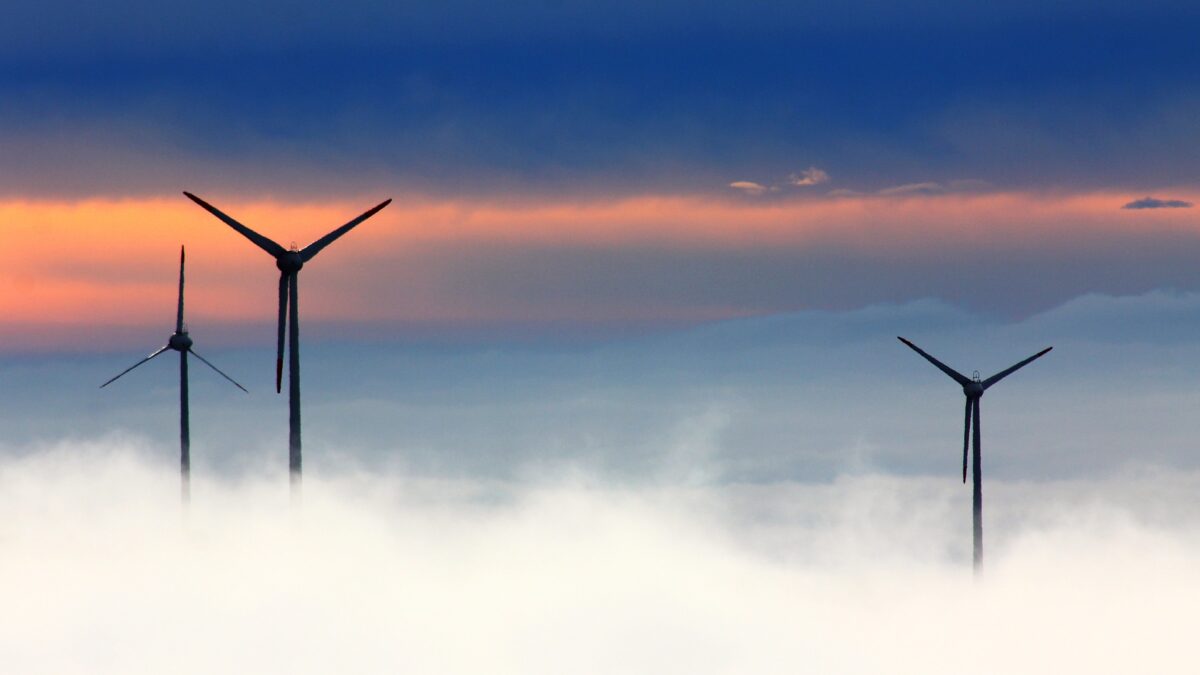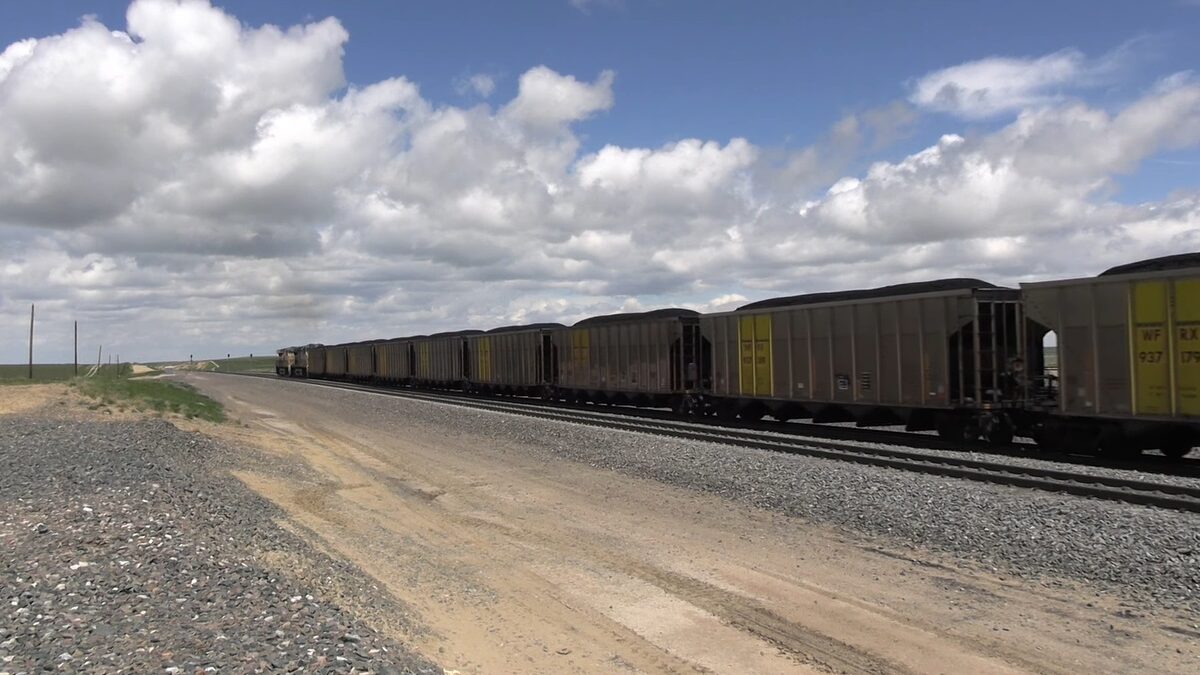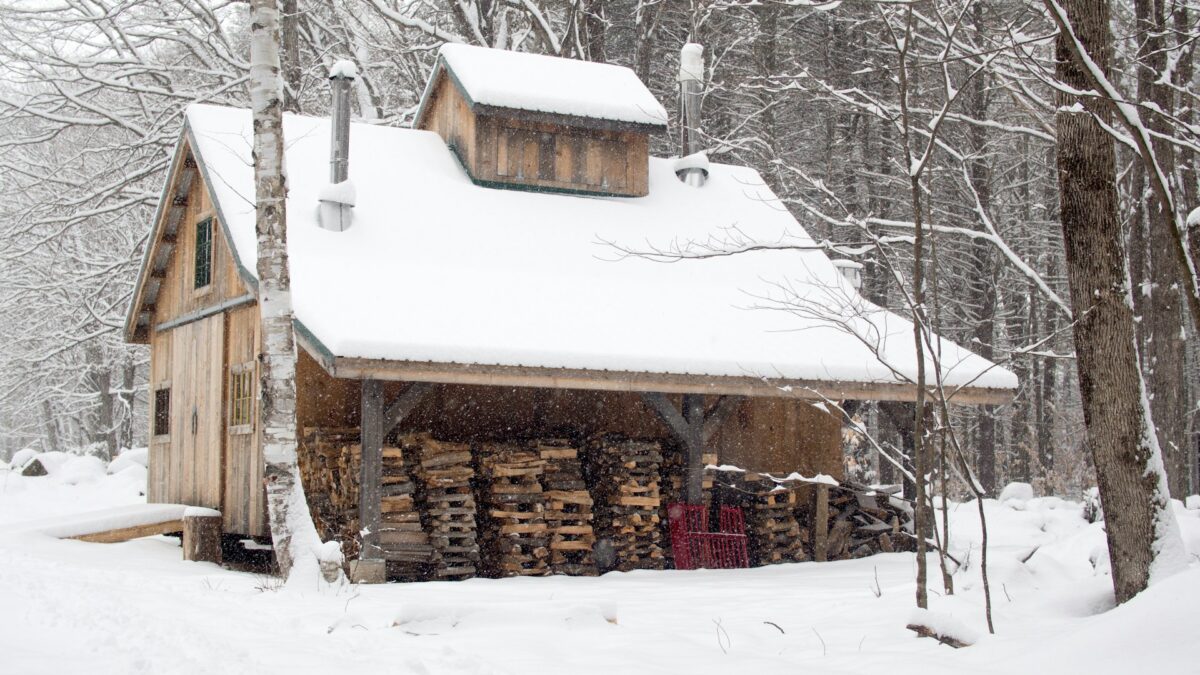Climate activist Greta Thunberg was reportedly detained by Oslo police last week for blocking the entrances of Norway’s energy and finance ministries with 12 other protesters. In a video of the incident that went viral on Twitter, Thunberg is picked up and carried away from the scene of the protest by Norwegian authorities.
Given Thunberg’s reputation as the 20-year-old who lectures world leaders on their inadequate strategies for addressing climate change, it’s odd that the Swedish activist is siding against the environmentalist lobby this time around. Instead, Thunberg is standing with the indigenous Sami, who use Norway’s Fosen peninsula as grazing ground for reindeer, which they use for the animals’ meat, hide, and antlers. The Sami people claim this centuries-old tradition is put at risk by the construction of 151 wind turbines on the land.
“The constructions are stealing the reindeer’s grazing land,” reindeer herder and Sámi politician Maja Kristine Jåma told CNN. The reindeer are also affected by the surrounding infrastructure of the turbines, Jåma said. “It disturbs them a lot.”
While Norway’s Supreme Court ruled in favor of the Sami in October 2021, saying the wind turbine permits were invalid because they violated the rights of the Sami by infringing on their grazing land, the wind turbines are still operating nearly a year and a half later.
Why? Wind turbines are a crucial plank in Norway’s push for green energy. Hydropower made up over 90 percent of electricity generated in Norway in 2020, and wind power, which has reportedly grown tenfold as a share of the country’s electricity sources in the last 10 years, comes in second. It’s all part of the Nordic country’s plan, under the Paris climate agreement, to reduce carbon emissions by some-55 percent by 2030. So no wonder the Norwegian government doesn’t want to give up its largest wind farm to some reindeer herders.
The United States is set to follow suit. President Joe Biden signed an executive order on his very first day in office to rejoin the Paris Agreement from which his predecessor had prudently withdrawn. In last year’s State of the Union address, President Joe Biden pledged to “double America’s clean energy production in solar, wind, and so much more,” and many states across the country are struggling to comply. This year, however, Biden has supported growing the production of off-shore wind energy “by a factor of 714 by 2030.”
Yet nowhere in the Biden plan is there mention of its potential environmental hazards. For instance, there seems to be a connection between off-shore wind turbines and recent whale deaths. By disrupting communication between marine animals, noise from the turbines is hazardous to whales, dolphins, and other underwater creatures, according to the federal government’s own research. And environmentalists say that disruption could even be deadly. Yet corporate media are trying to cover for the Biden administration by characterizing these observations as a Republican “conspiracy theory.”
The problems with wind turbines are bigger than the ocean. They’re known to slaughter eagles, disrupt wildlife habitats, and displace bird feeding and nesting areas. A 2013 study found that wind turbines kill an estimated 140,000 to 328,000 birds each year in the U.S. — a number that’s surely higher after another decade of climate-crazed activism. That’s to say nothing of the negative effects wind turbines have on people. In rural Massachusetts, Vermont, and New York, where turbines have been installed, residents have reported symptoms such as nausea, insomnia, fatigue, and increased stress due to the constant whirring of the turbine blades.
Not to mention, as my colleague Joy Pullmann has correctly pointed out, “Wind farms don’t just hurt the environment and boost China, they’re ugly as sin.”
Yet with all the disastrous effects wind turbines have wrought on both human and animal life, they are no real substitute for coal or nuclear energy. Not only are turbines unreliable as they depend on wind to operate, but they only make up a small fraction of American energy consumption; in 2020, wind and solar production combined accounted for less than 5 percent of total energy consumption. A lot more eagles and whales will have to be sacrificed — as well as age-old farming practices like the Sami’s reindeer grazing — if wind turbines are ever to become a more viable energy source.
“Indigenous rights, human rights, must go hand-in-hand with climate protection and climate action. That can’t happen at the expense of some people. Then it is not climate justice,” Thunberg told Reuters.
This time, she’s right. When environmental policy becomes anti-human and anti-nature, it should be resisted.









